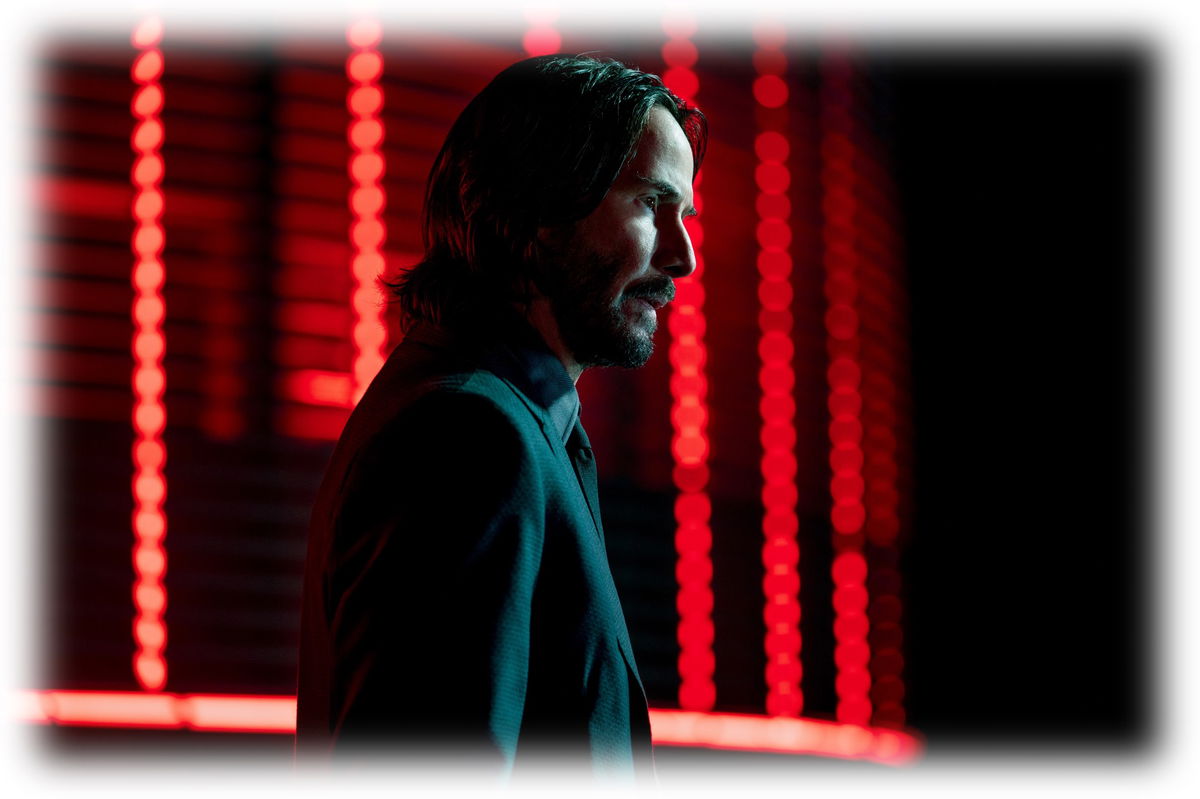Let’s talk about action films, where choreography meets storytelling in a breathtaking dance of movement and emotion. Few have shaped this landscape quite like Chad Stahelski, the mastermind behind some of the most iconic fight sequences in modern cinema. Join us as we explore Stahelski's evolution of action, examining how his unique approach to fight choreography has redefined the genre and stunned audiences around the globe.

Chad Stahelski’s journey into the realm of action cinema began long before he took on directing duties. Initially, he trained in martial arts, earning black belts in various disciplines. His dedication to the craft led him to a career as a stuntman, where he gained invaluable experience working on blockbuster films like The Matrix. It was here that Stahelski honed his skills, observing the intricate dance of fight choreography while also understanding the essential role it plays in narrative.
Influenced by iconic martial artists and action choreographers, Stahelski developed a distinctive style that emphasises realism and emotional resonance. He believes that action sequences should not only dazzle the audience but also enhance character development. This philosophy has been instrumental in his evolution as a filmmaker, setting the stage for his later work as a director.
At the core of Stahelski’s work is an unwavering commitment to authenticity. He strives to create fight sequences that feel real and relatable, grounded in the characters’ motivations and emotions. This approach transforms action from mere spectacle into a powerful storytelling tool.
In the John Wick series, for example, the choreography is meticulously designed to reflect John’s internal struggles and moral dilemmas. Each fight scene mirrors his emotional state, revealing layers of vulnerability beneath the surface of his stoic exterior. The choreography communicates not just the physicality of combat but the psychological weight of John’s journey—his pain, loss, and relentless pursuit of redemption.
Stahelski’s extensive background in stunt work provides him with a unique perspective on how movement can convey narrative. He seamlessly blends various martial arts styles—ranging from Brazilian jiu-jitsu to judo—creating dynamic and varied combat sequences. This eclectic mix keeps audiences engaged and elevates each fight beyond simple brawling.
A prime example of Stahelski's mastery is the nightclub scene in John Wick, where the choreography dances harmoniously with the pulsating soundtrack. The combination of swift movements and synchronised beats creates a visceral experience that immerses viewers in the action. The scene encapsulates John’s proficiency and determination while heightening the emotional stakes, making it a standout moment in modern action cinema.
Stahelski understands the importance of collaboration in crafting compelling action. His partnerships with fellow choreographers, stunt coordinators, and cinematographers are pivotal in achieving the high level of artistry and precision evident in his films. By bringing together diverse talents, Stahelski crafts sequences that push the boundaries of what’s possible on screen.
For instance, his collaboration with fellow stuntman and choreographer David Leitch during the early John Wick films set a new standard for fight choreography. Together, they developed a style that melds intricate movements with storytelling, creating sequences that are both breathtaking and deeply engaging.
Maintaining visual consistency throughout a film is crucial to Stahelski's storytelling. Each fight scene is carefully designed not just as a standalone spectacle but as part of a larger narrative arc. This precise attention to detail ensures that viewers remain invested in the story, absorbing the characters’ emotional journeys through the lens of action.
In John Wick, for instance, each fight serves to advance the plot and deepen character development. From the opening scene to the climactic final showdown, the choreography is woven seamlessly into the narrative, enhancing the overall experience. Stahelski’s commitment to visual consistency reinforces the idea that action is not merely an afterthought; it’s integral to storytelling.
Watching a Stahelski film in a theatre amplifies the experience. The combination of surround sound and a larger-than-life screen transports viewers into the heart of the action, making them feel every punch and heartbeat. The visual and auditory elements work in tandem, creating an atmosphere that cannot be replicated at home.
Moreover, Stahelski’s films often employ innovative camera techniques, such as long takes and dynamic tracking shots, which are best appreciated on the big screen. These choices heighten the tension and draw viewers into the visceral world of the film, ensuring a memorable cinematic experience.
Chad Stahelski has redefined the landscape of action cinema through his innovative fight choreography and dedication to visual storytelling. By blending artistry with realism, he has transformed action sequences into powerful narratives that resonate deeply with audiences. Whether you’re a lifelong fan or new to the genre, experiencing Stahelski’s masterpieces is a must. Dive into the adrenaline-fueled world he has created—you won’t want to miss the electrifying experience!
For more news and articles on your favourite movies, franchises and more, click here.
For updates on upcoming genre releases like Stahelski’s, follow Ster Kinekor's upcoming releases.
Click here to see what’s showing in a Ster-Kinekor theatre near you.